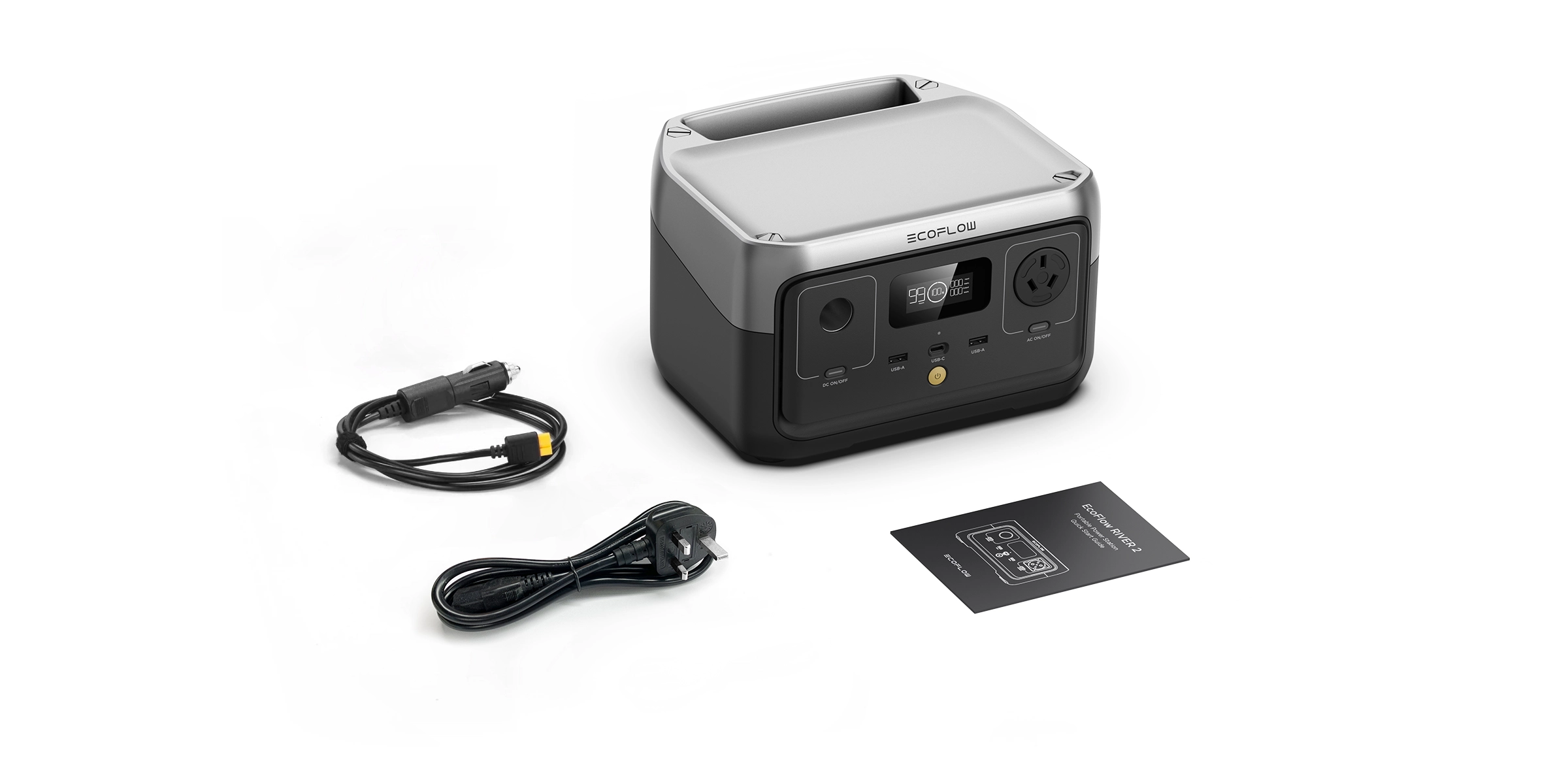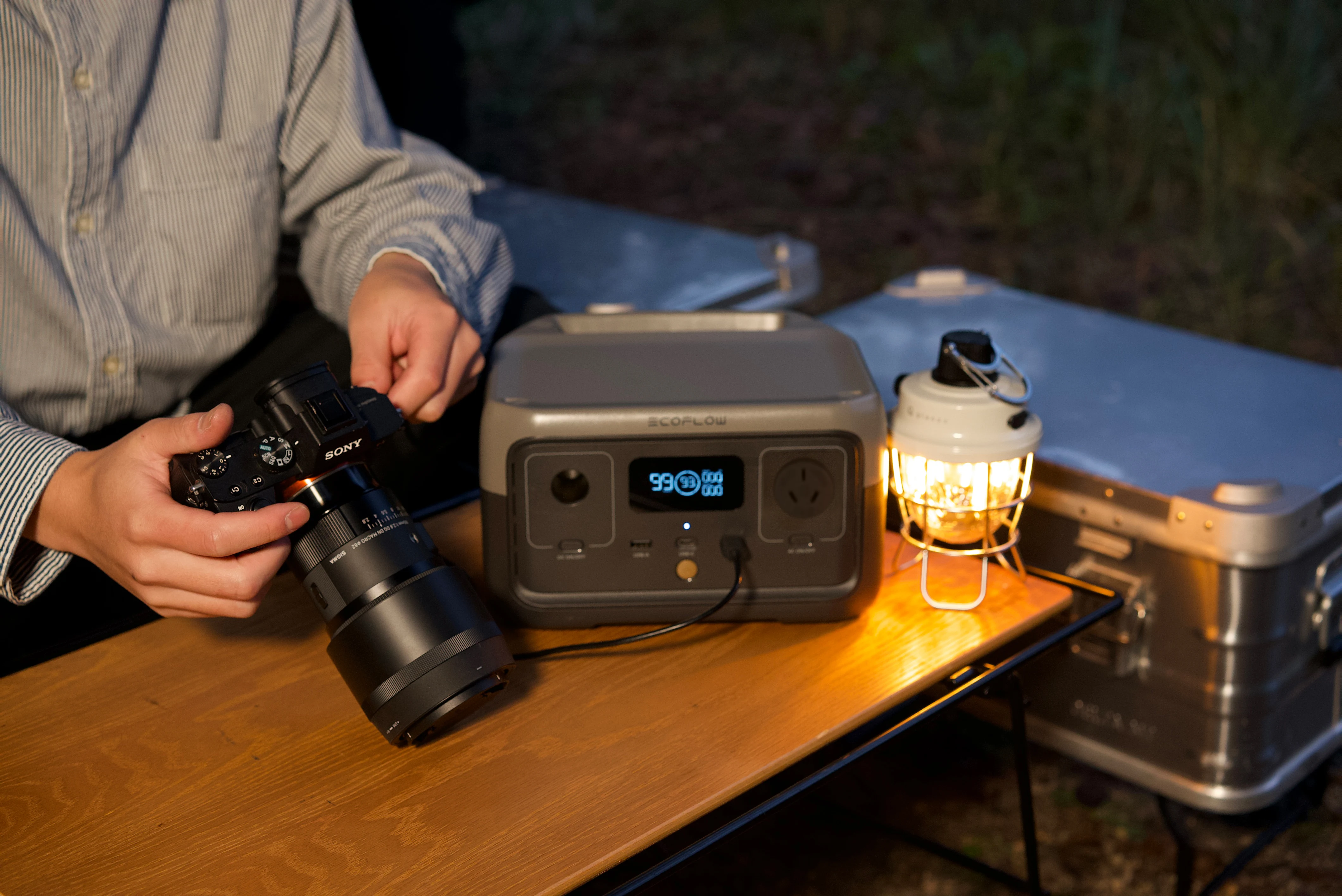Portable Solar Power for Market Stalls: A Step-by-Step Vendor Guide
- Step 1: Map Your Loads Before Choosing a Solar Portable Power Station
- Step 2: Size Your Portable Solar Power Generators for Peak and Runtime
- Step 3: Plan Your Portable Solar Power System and Recharging Schedule
- Step 4: Set Up and Wire Portable Solar Power Safely On Site
- Step 5: Adopt Market Day Habits to Stretch Portable Solar Power
- Portable Solar Power for Market Stalls: Your Next Steps
- 3 FAQs About Using Portable Solar Power for Market Stalls
Weekend markets move fast, and small delays cost sales. Power noise makes conversations hard. Fuel smells drive people away. Breakers that trip during a rush feel stressful. Portable solar power keeps the booth calm and clean. It starts quickly and works in many sites that limit engines. Use this guide to size a simple kit, wire it safely, and keep a steady recharge rhythm, so checkout stays live from open to close.
Step 1: Map Your Loads Before Choosing a Solar Portable Power Station
A clear load map prevents guesswork. It also keeps the budget focused on what truly runs the booth. Build it once and reuse it each week. You will see where power actually goes and which items only run in short bursts. The notes below turn that snapshot into a sizing base you can trust.
List must-run devices: task lights, tablet with card reader, receipt printer, staff phones.
List optional items: a small fan, a compact display, a small cooler or a warming carafe.
Read each device label for watts. Mark any item with a short start surge.
Create the “runs at the same time” set. This gives your real peak draw.
Pick the longest continuous work block, such as four hours of checkout. Size energy around this block.
Note plug types, cord lengths, and where each piece will sit. This avoids last-minute cord swaps.


Step 2: Size Your Portable Solar Power Generators for Peak and Runtime
Your inverter covers the peak. Your battery covers the longest block. Use simple math and leave a practical buffer so the booth feels stable in line. Many vendors choose the EcoFlow RIVER 2 Portable Power Station for its long-life LiFePO₄ battery, which stays reliable through repeated market weekends.
Inverter: choose a continuous output that meets your peak, then add 20 to 30 percent headroom for starts and heat.
Battery: estimate runtime with one line. Estimated runtime in hours ≈ battery capacity in Wh × 0.85 ÷ load in W.
Build a small “peak and runtime” card and keep it in the cash drawer.
Cluster high-draw actions into short windows. Avoid running every device at once.
Keep a small reserve for one extra need, like a labeler or a second charger.
Sizing snapshot
Scenario | Peak load (W) | Continuous window (h) | Suggested battery (Wh) | Notes |
Core booth | 120 | 4 | 600 | 120 × 4 ÷ 0.85 ≈ 565, round up |
Add a fan | 180 | 3.5 | 750 | Group fan use during busy hours |
With a small cooler | 220 | 3 | 900 | Run the cooler in timed intervals |
A small card like this speeds decisions. It also helps new staff follow the plan. As loads change, update the card and keep the old one for reference.
Step 3: Plan Your Portable Solar Power System and Recharging Schedule
Panels refill the battery. Market hours and light decide the pace. Peak sun hours describe the daily window that acts like full sun. Plan with a conservative factor so hazy days do not catch you off guard. A simple schedule keeps charging calm during sales, and the actions below match panel watts to real windows of time.
Decide the panel watts you can carry and set quickly.
Estimate daily input as panel watts times peak sun hours times 0.8 for real-world losses.
Build a three-stage refuel rhythm: start full, add a mid-day top-up, finish with a post-close charge.
On cloudy days, shorten high-draw tasks and reduce parallel loads.
Log daily results for one month. Adjust angle and timing based on those notes.
Recharge schedule to copy
- Pre-open: plug in panels 45 minutes before opening, confirm charge rate, tidy cables.
- Mid-day: top up during a one-hour window while reducing nonessential loads.
- Post-close: charge to full if used daily, or to storage level if the kit rests between events.


Step 4: Set Up and Wire Portable Solar Power Safely On Site
Safety keeps people comfortable and equipment healthy. A tidy layout also improves airflow and charging. Plan placement before the line forms. Think in paths, heights, and weather, so guests move freely. The steps below turn that plan into a repeatable map for any site.
- Panels: Face south when possible and avoid shade from tents and flags. Secure mounts at the stall edge or behind the table. Add weights or ground stakes when the wind rises.
- Wiring: Use outdoor-rated three-prong cords. Route along the back of tables or under floor runners. Tape crossings and keep all connectors off the ground.
- Weather: Form a drip loop at every connection and cover plugs in rain. Keep a simple rain cover and spare tape in the kit.
- Power unit: Place it in shade with free airflow. Elevate it on a crate or shelf to avoid puddles. Keep the main AC running short.
- Quick compliance check: Visible cord ratings, intact plugs, clear walk paths with covers or bright tape, and tie-downs ready for gusts.
Step 5: Adopt Market Day Habits to Stretch Portable Solar Power
Small habits unlock extra hours without new hardware. They also reduce heat and stress inside the booth. Treat power like inventory that needs care and rotation. The list below shows small moves that return minutes of runtime when lines get long.
- Use task lighting at the cash wrap and highlight products. Avoid lighting that floods empty space.
- Close cooler lids promptly and batch hot or cold tasks during brighter parts of the day.
- Unplug chargers and screens when idle. Bring devices online in a set order after the opening check.
- Rotate one fan to cover staff and shoppers rather than adding units.
- Weekly care: clean panels the night before, inspect cords, power on with no load for two minutes, then connect devices in sequence.
Portable Solar Power for Market Stalls: Your Next Steps
Portable solar power keeps your booth quiet, clean, and welcome at most markets. Confirm the real peak at your table, choose inverter output with safe headroom, match battery watt hours to your longest work block, and size panel watts to your carry limit and local light. Keep a simple three-point recharge rhythm each day and a tidy cable route so payments stay live.
Turn this plan into action now. Create a one-page load map and sizing card, walk the cable path in your space, and run a short test before the weekend. Bring the card to your next market, note what worked, and adjust after the day. Repeat the same routine and let portable solar power become a tool you trust every week.
3 FAQs About Using Portable Solar Power for Market Stalls
Q1. Can I run devices on DC to stretch runtime?
Yes. Use the DC ports on your power station to avoid inverter overhead. Power the tablet and card reader from USB-C PD. Use the regulated 12 V port for fans or coolers that accept DC. Keep cords short and pick the right gauge to reduce loss. You will see cooler temps and longer sessions per charge.
Q2. How do I keep the system safe in heat or cold?
Keep the unit in shade with moving air. Do not cover vents or seal them in a plastic bin. In winter, many lithium iron phosphate systems limit charging at low temperatures. Precharge indoors and warm the unit to the recommended range before charging. Use an insulated sleeve, not a tight wrap. Cooler solar panels make better power, so lift them off hot pavement.
Q3. Do I need permits or documents to use portable solar power at markets?
Most markets allow silent solar, but rules vary. Ask the organizer about cord covers, walk path clearances, and rain protection. Keep a one-page pack with product safety sheets, proof of liability insurance, and basic certifications such as UL or ETL. Carry a small ABC fire extinguisher. Use outlets with ground fault protection when venue power is available.